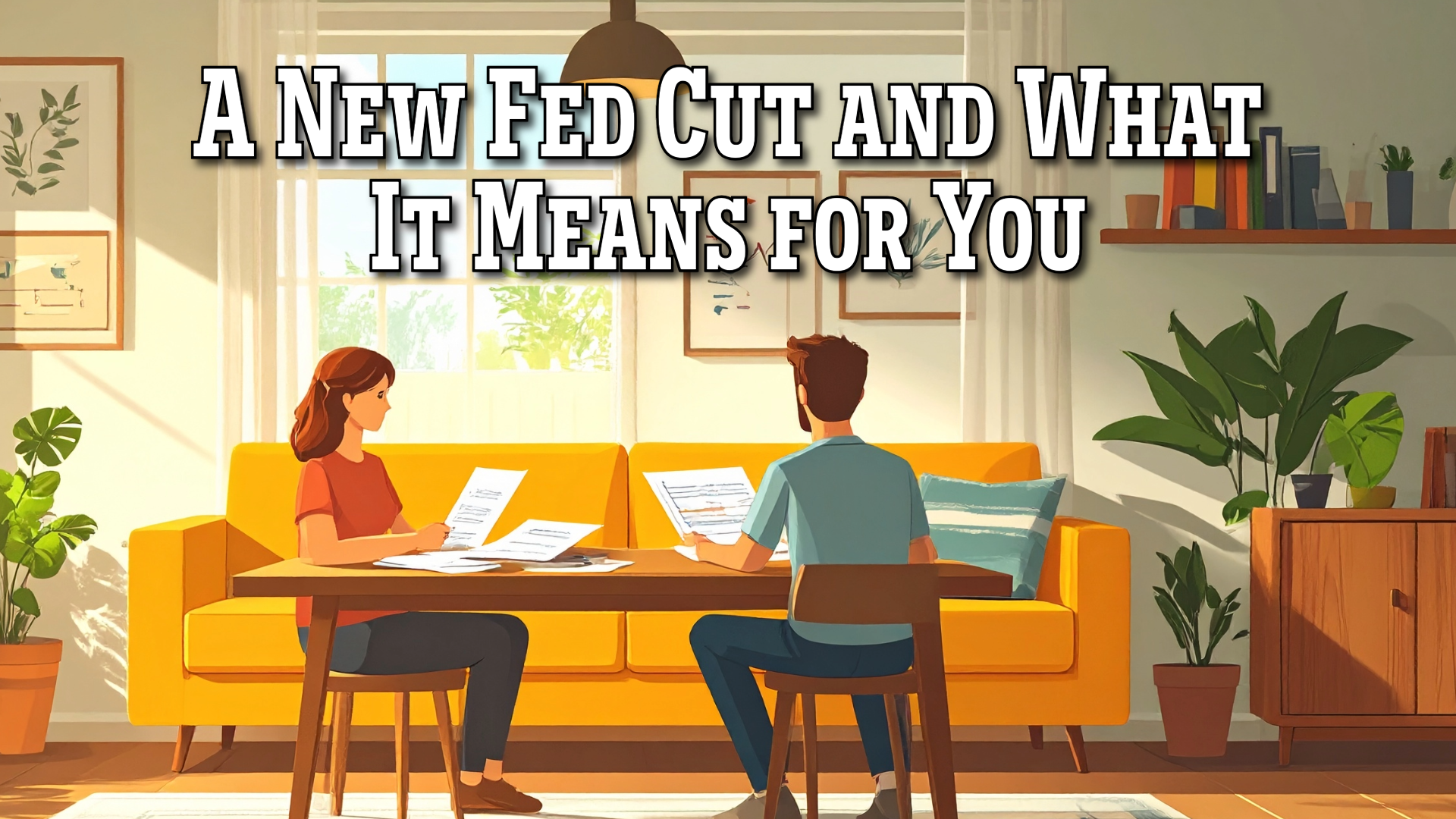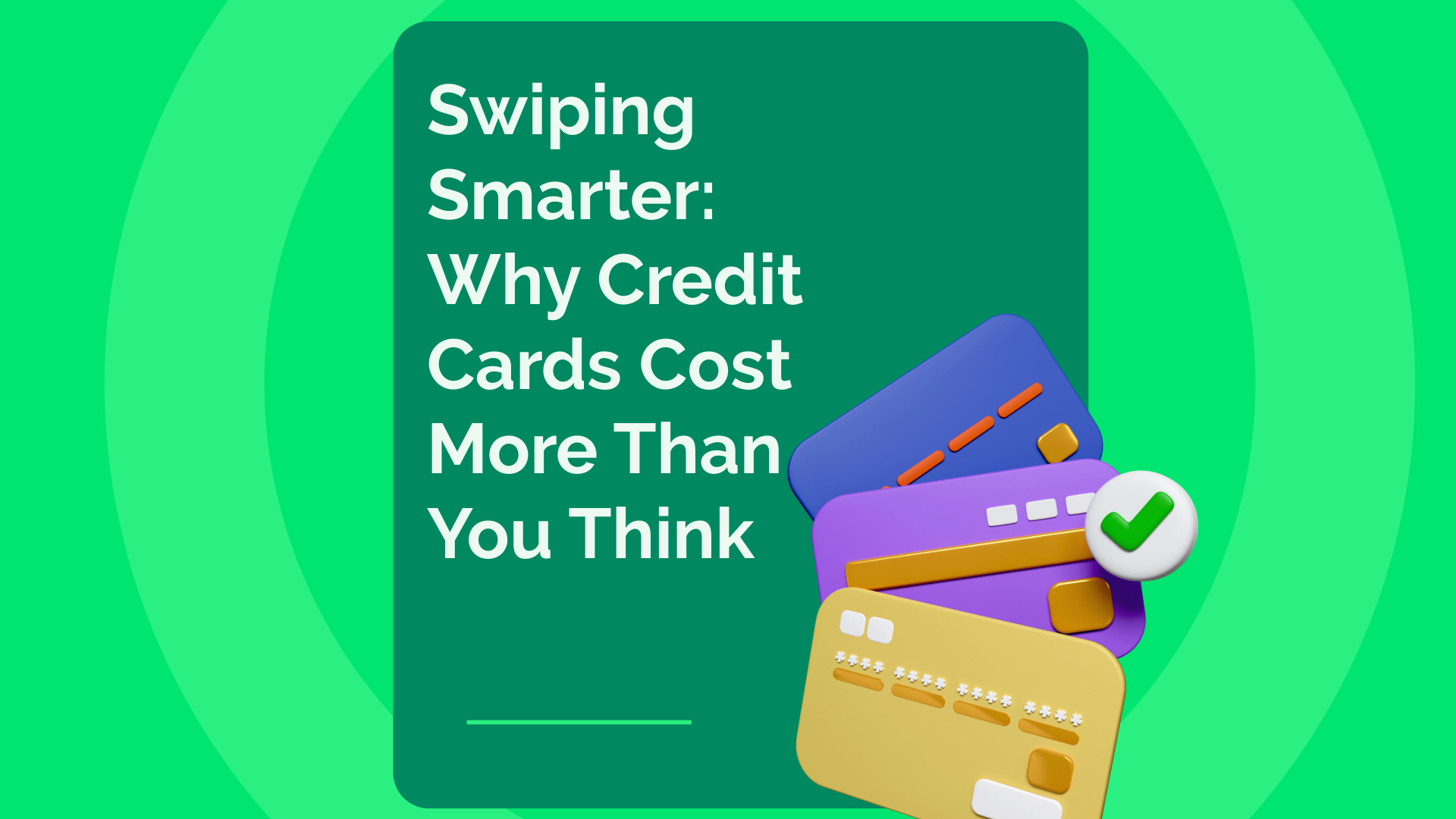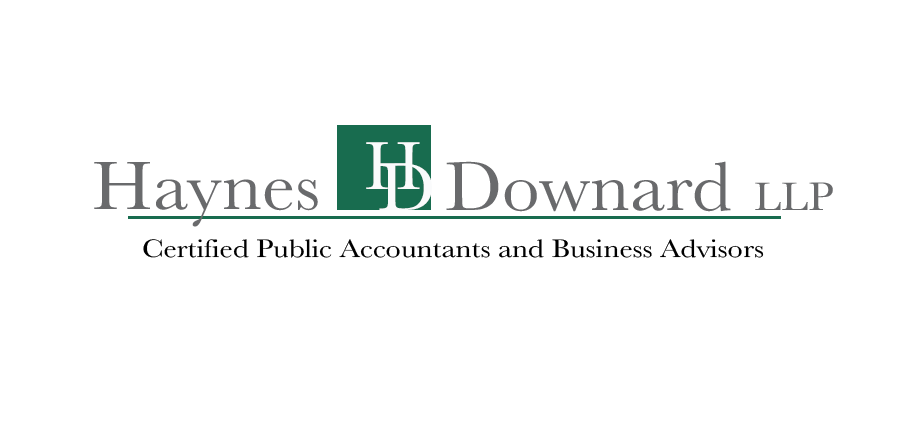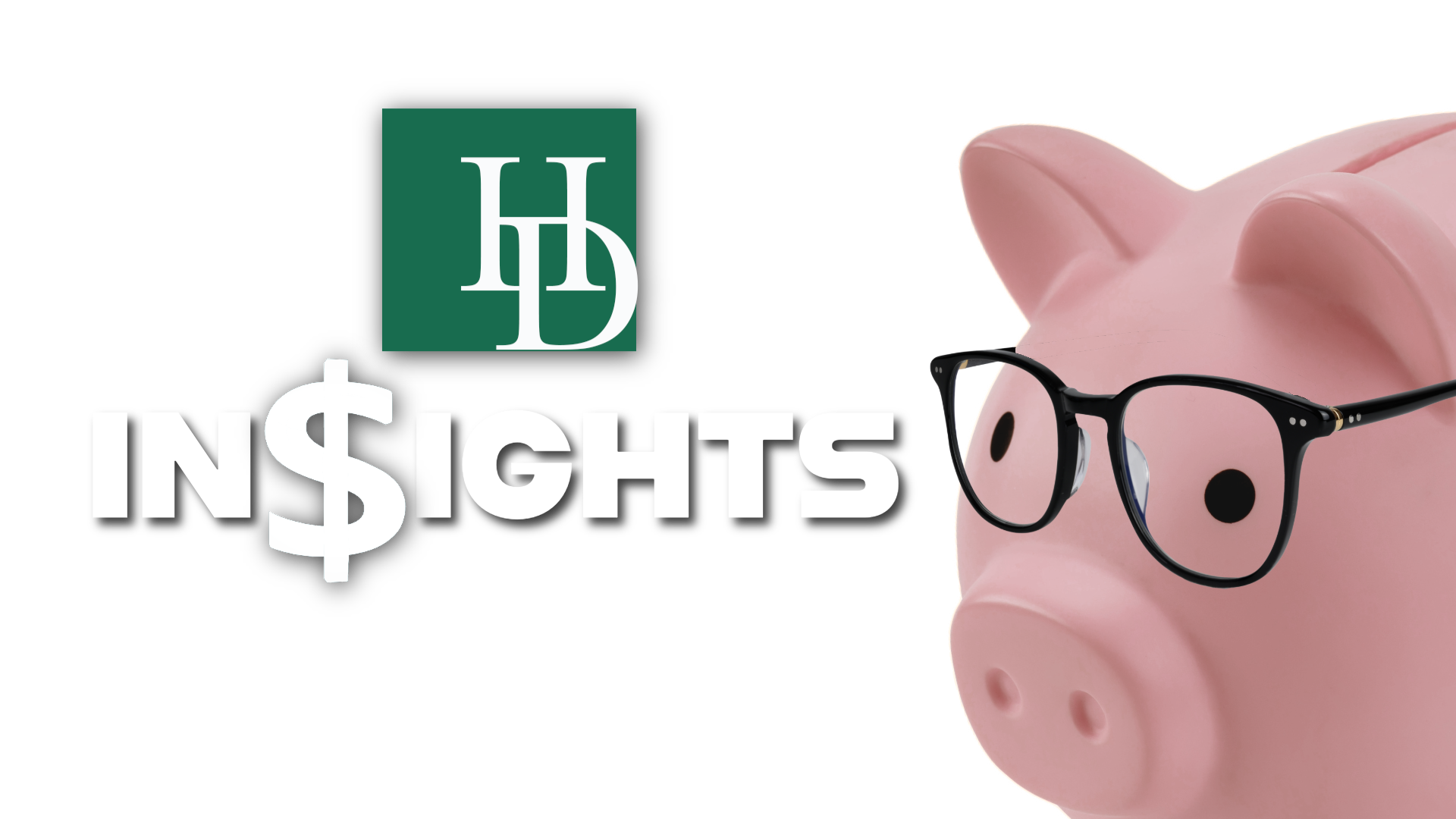
Default Isn’t Just a Word. It’s a Paycheck Hit.
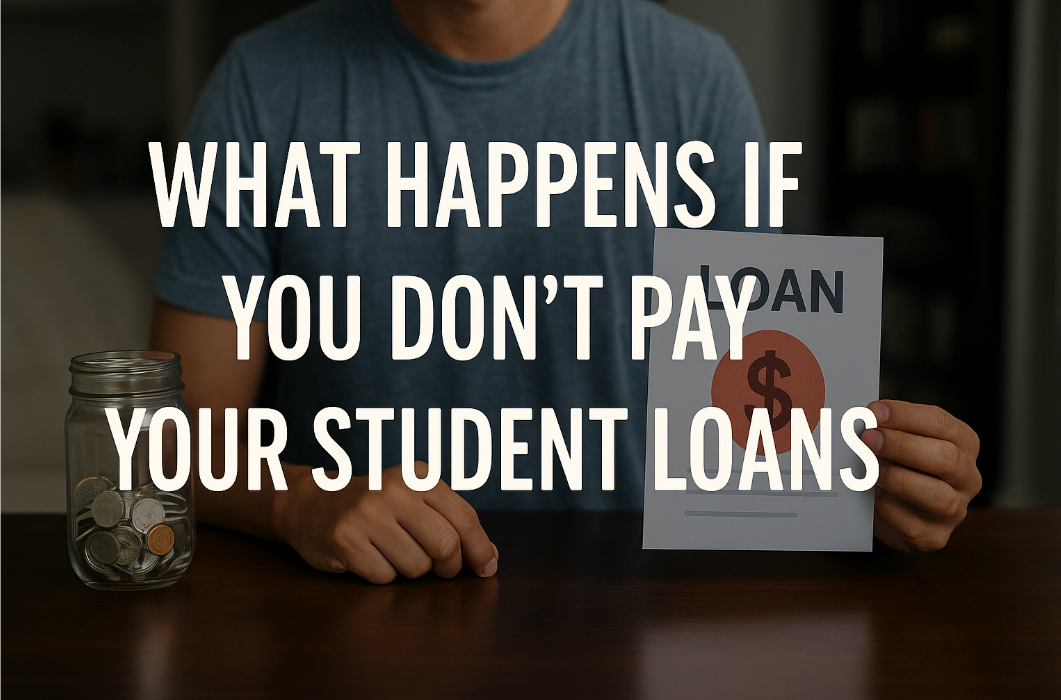
Understanding Student Loan Default
What Does it Mean to Default?
Student loan default occurs when you fail to make payments on your federal student loans for 270 days, roughly nine months. Private loans can default much sooner, depending on the lender's rules. Defaulting can seriously damage your credit, lead to wage garnishment, seizure of tax refunds, and even Social Security benefits in some cases.
History of Student Loans and Default Risks
Student loans started in 1958 with the National Defense Education Act and expanded dramatically with the Higher Education Act of 1965. Over time, laws have tightened, making student debt extremely difficult to discharge in bankruptcy. In 1996, the Debt Collection Improvement Act allowed wage garnishment and tax refund seizure without court orders. After a pause due to COVID-19, repayments resumed in May 2025, causing a surge in defaults.
Who is Most Likely to Default?
Students attending for-profit colleges, those who don't finish their degrees, and borrowers from lower-income backgrounds or minority communities are at higher risk of defaulting.
Consequences of Defaulting
Defaulting can result in severe financial setbacks, including damaged credit scores, wage garnishment (up to 15% of your paycheck), withheld tax refunds, additional legal action, and substantial collection fees.
Resources to Prevent Default
If you are struggling, several resources can help you avoid default:
- Income-Driven Repayment (IDR) plans: These plans adjust your payments based on your income. Call 1-800-433-3243 for assistance.
- Forbearance and Deferment: Temporarily pause or reduce payments during financial hardships.
- Loan Consolidation: Combine multiple loans into one manageable monthly payment.
- Public Service Loan Forgiveness (PSLF): Available after 10 years of qualifying payments for those in public service roles.
- National Foundation for Credit Counseling: Get free credit counseling by calling 1-800-388-2227.
- Consumer Financial Protection Bureau (CFPB): Find borrower resources or call 1-855-411-2372.
Already in Default? Here's How to Recover
If you've defaulted on your loans, don't panic. Here’s how to get back on track:
- Loan Rehabilitation: Complete nine monthly payments to clear your default status.
- Loan Consolidation: Merge defaulted loans into a new repayment plan to regain eligibility for federal benefits.
- Reach out to the Default Resolution Group at 1-800-621-3115 for immediate assistance.
Policy Updates and Proposed Changes
Recently, garnishing Social Security benefits has temporarily stopped. New legislative proposals might change loan structures, adjust Pell Grants, eliminate certain subsidized loans, and introduce borrowing caps based on average education costs. Keep updated by following Federal Student Aid news.
Practical Steps to Protect Yourself
- If you’re struggling now, quickly explore IDR plans or request deferment. Call 1-800-433-3243.
- If in default, begin rehabilitation or consolidation immediately. Call 1-800-621-3115.
- Stay proactive by regularly monitoring your loans on Federal Student Aid.
Being proactive can prevent severe consequences and help secure your financial future.
